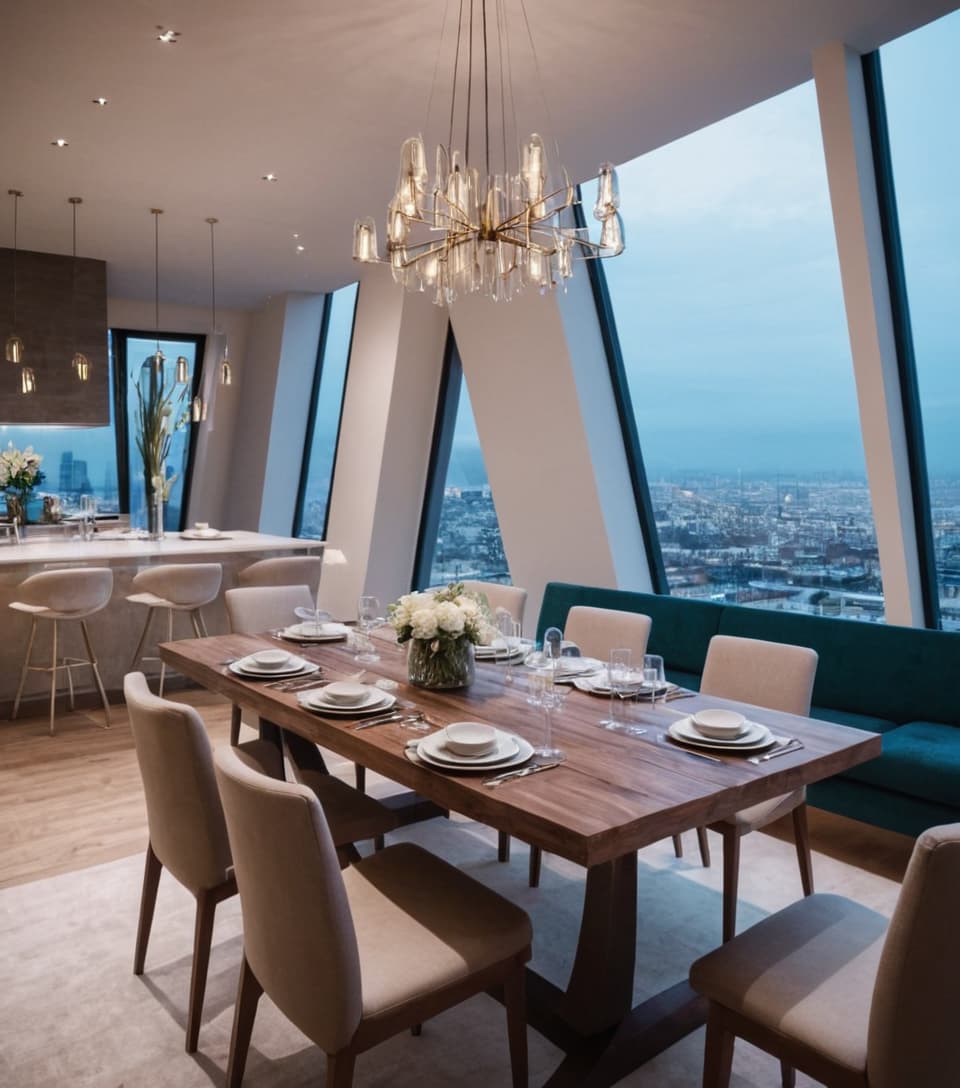
The Role of Lighting in Interior Design: Tips and Tricks
Lighting is a critical component of interior design, influencing both the functionality and atmosphere of a space. The right lighting can enhance colors, create mood, and bring out the best features of your decor. Here are some tips and tricks to help you master the art of lighting in your home.
1. Understand the Types of Lighting
Interior lighting generally falls into three categories: ambient, task, and accent lighting. Ambient lighting provides overall illumination, task lighting is focused on specific areas for activities, and accent lighting highlights particular features. Combining these types of lighting creates a layered effect that adds depth and interest to a room.
2. Consider the Function of Each Room
Different rooms have different lighting needs. For example, a kitchen requires bright task lighting for cooking, while a living room may benefit from softer, ambient lighting for relaxation. Think about how each room will be used and choose lighting that suits those activities.
3. Use Dimmers for Versatility
Dimmers allow you to adjust the brightness of your lights, giving you control over the mood and function of a space. Whether you want to create a cozy atmosphere or need bright light for a task, dimmers provide flexibility and enhance the functionality of your lighting.
4. Highlight Architectural Features
Accent lighting can be used to draw attention to architectural features like exposed beams, a fireplace, or artwork. Wall sconces, track lighting, or spotlights can be strategically placed to emphasize these elements and add drama to your space.
5. Incorporate Natural Light
Natural light is an invaluable resource in interior design. Maximize natural light by using sheer curtains, placing mirrors opposite windows to reflect light, and arranging furniture to take advantage of sunlight. Natural light not only brightens a space but also boosts your mood and well-being.
6. Choose the Right Bulbs
The type of bulb you choose can significantly impact the look and feel of a room. LED bulbs are energy-efficient and come in various color temperatures, from warm to cool. Warmer bulbs create a cozy atmosphere, while cooler bulbs are ideal for task-oriented spaces.
7. Layer Your Lighting
Layering your lighting involves combining different types of lighting at various levels. For example, you might use a chandelier for ambient lighting, table lamps for task lighting, and wall sconces for accent lighting. This approach adds dimension and helps create a balanced, well-lit space.
8. Don't Forget About Outdoor Lighting
Outdoor lighting is just as important as indoor lighting. It enhances curb appeal, improves safety, and creates an inviting atmosphere. Consider using pathway lights, wall-mounted fixtures, or string lights to illuminate your outdoor spaces.
Lighting plays a crucial role in interior design, influencing everything from the ambiance to the functionality of your home. By understanding the different types of lighting and how to use them effectively, you can create a space that is both beautiful and practical. Experiment with different lighting techniques to find what works best for your home.